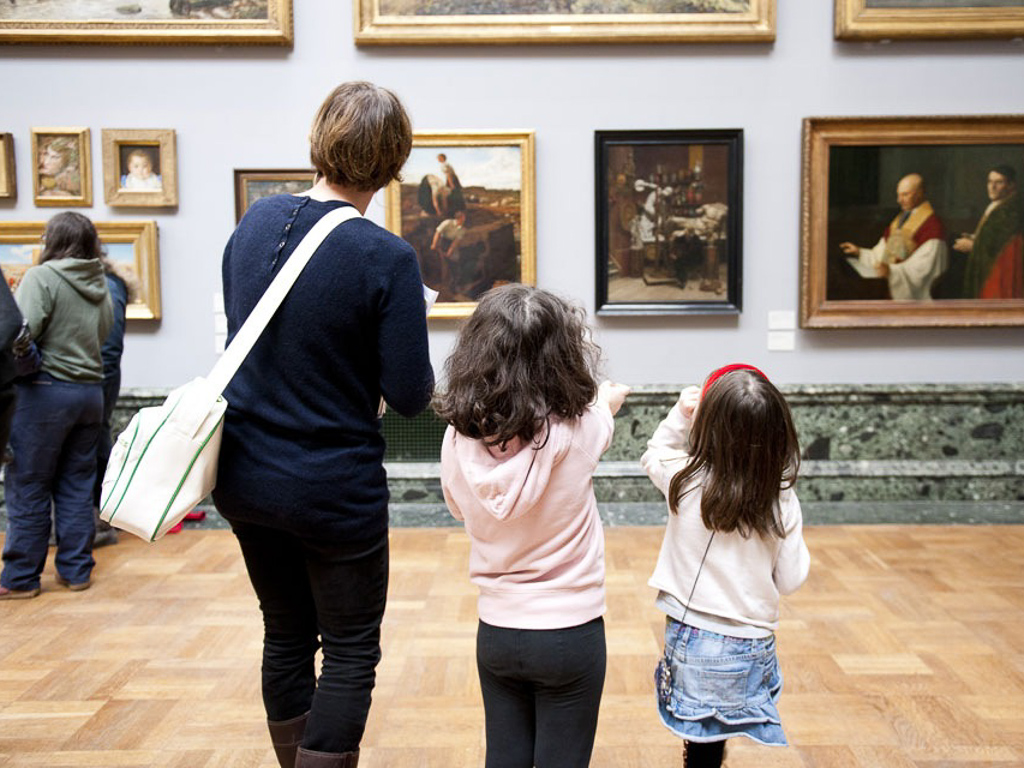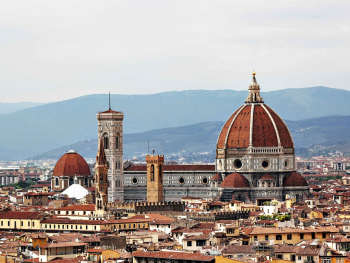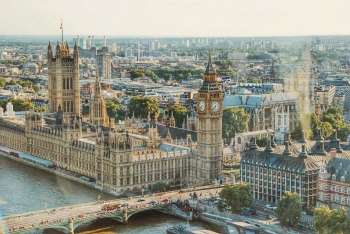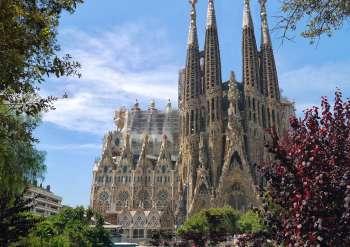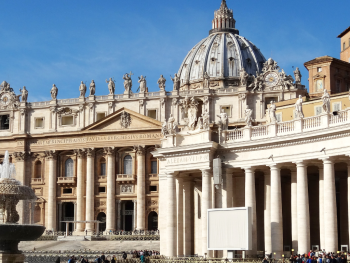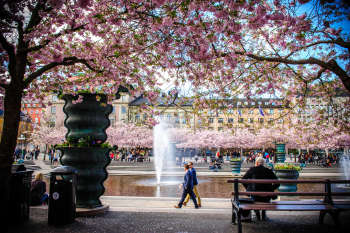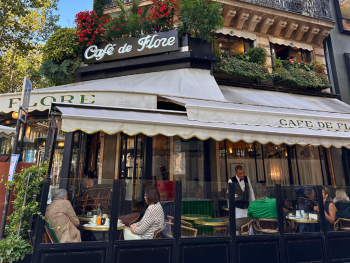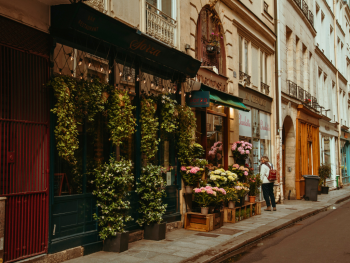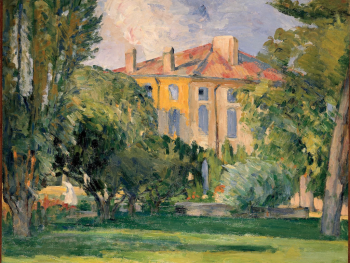In the shadowy alleyways of Naples, where shrines glow from street corners and chaos pulses with life, a single artist left an indelible mark on the city: Michelangelo Merisi da Caravaggio. His time here was brief, but it burned bright, violent, and transformational—both for the artist and for Neapolitan art.
Why Was Caravaggio Exiled to Naples?
Caravaggio fled to Naples in 1606 after killing a man in a brawl in Rome. The incident, which may have stemmed from a dispute over a woman or a gambling debt, led to a papal bando capitale—a death warrant. Rome, once his stage and muse, became dangerous territory. He escaped southward to Naples, then part of the Spanish-controlled Kingdom of Naples, where Roman law did not apply and where he could count on the protection of powerful patrons.
A City of Sanctuary and Spectacle
He lived in Naples during two separate periods: from 1606 to 1607, and again from late 1609 until mid-1610. Despite his fugitive status, Caravaggio was not only accepted but embraced. The Neapolitan elite saw in him an opportunity to elevate their artistic prestige. Commissions poured in. The city’s gritty realism matched his own artistic sensibility, and its citizens were captivated by his unflinching portrayals of faith, mercy, and martyrdom.
His first major Neapolitan commission, The Seven Works of Mercy (1607), remains one of the city’s most staggering artistic treasures. Housed in the Pio Monte della Misericordia, the painting is a masterclass in compression and chiaroscuro, weaving together seven acts of Christian mercy into one surging, theatrical canvas. Ordinary people serve as models; light carves its way through grime and flesh alike. Naples, raw and visceral, became the backdrop and the material for Caravaggio’s vision.
But his time in Naples was also punctuated by violence. After leaving for Malta and Sicily, he returned to Naples in 1609, where he was the victim of a brutal attack—possibly a vendetta by enemies or a mistaken identity. He recovered, painted a few final works, and died mysteriously the following year on his way back to Rome, hoping for a papal pardon.
Where to See Caravaggio in Naples
To walk through Naples is to trace Caravaggio’s shadow. His works remain powerful anchors in the city’s artistic landscape. Here are key locations where his legacy endures:
Pio Monte della Misericordia: Home to The Seven Works of Mercy, arguably his most significant Neapolitan masterpiece. Go early to stand alone with the painting, still displayed in its original chapel setting.
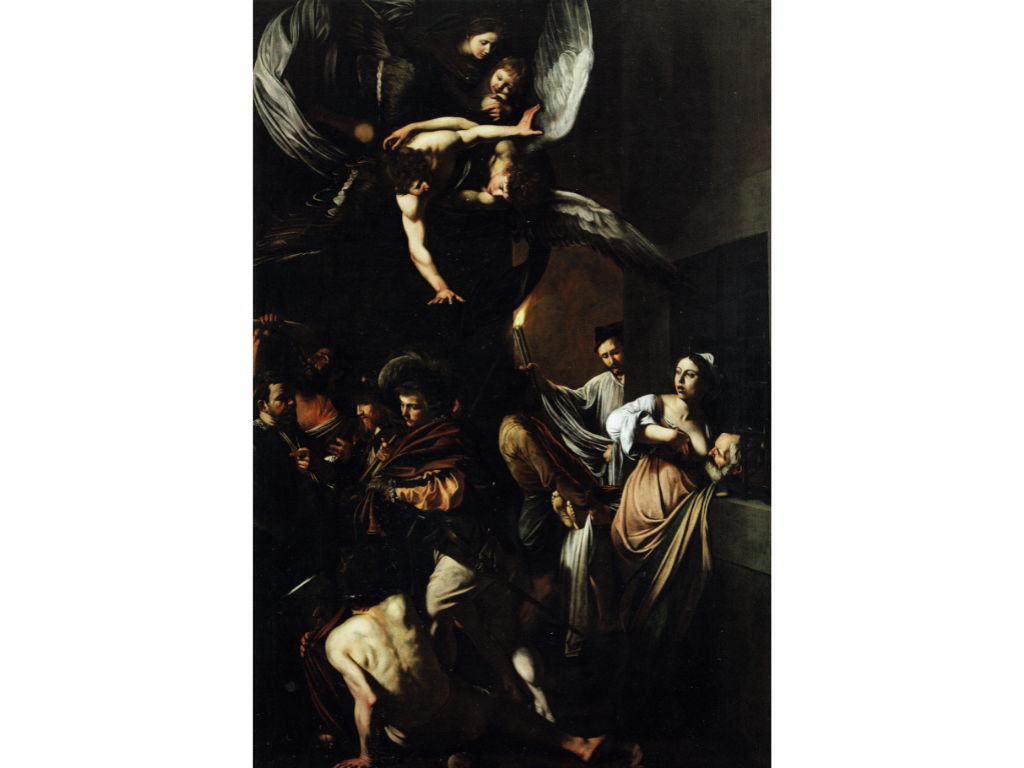
Palazzo Zevallos Stigliano (Gallerie d’Italia): Houses The Martyrdom of Saint Ursula (1610), widely believed to be his last painting. It reveals a quieter, more psychologically complex Caravaggio, painted just months before his death.
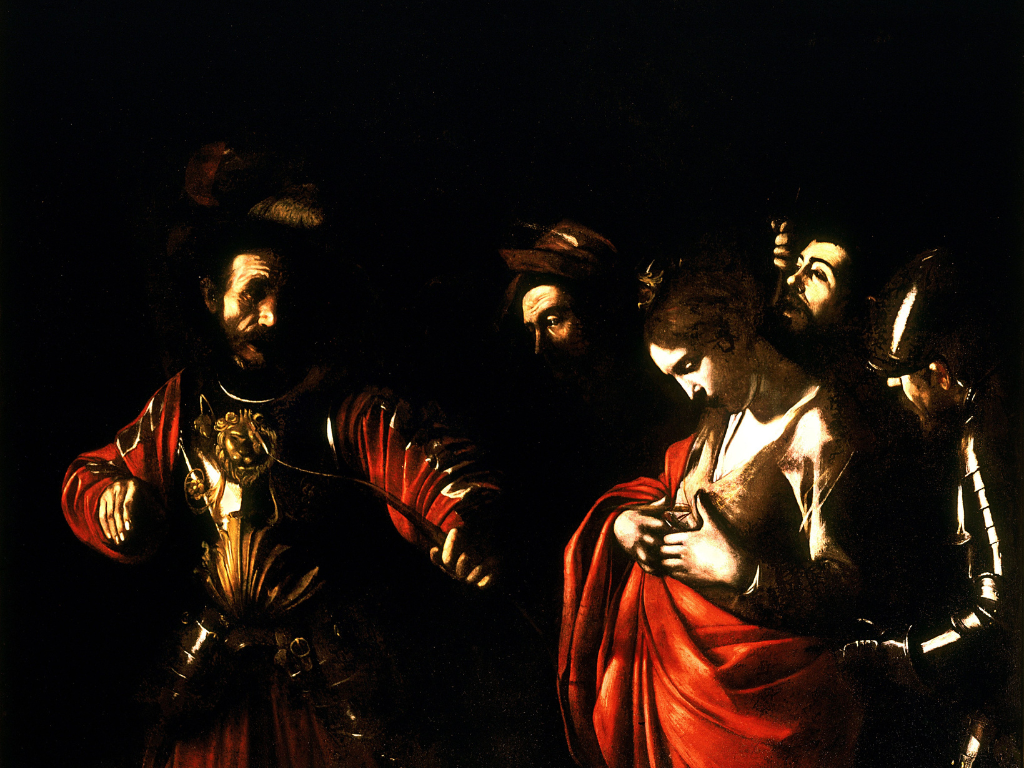
Museo di Capodimonte: While there are no original Caravaggios here, the museum offers important context on the Neapolitan Baroque painters who followed in his wake, like Battistello Caracciolo and Jusepe de Ribera, deeply influenced by his raw realism and use of light.
Legacy: Naples as a Crucible of Late Style
More than a chapter in his biography, Naples became a crucible for Caravaggio’s late style: darker, more urgent, yet transcendent. It’s a place where art was not simply made, but lived—in blood, shadow, and sudden bursts of light. His legacy can be felt in the artistic DNA of the city to this day, not only in museums and churches but also in the theatricality of everyday life.
Visiting Caravaggio's Naples
Pio Monte della Misericordia: Via dei Tribunali, 253. Open daily, guided visits available.
Palazzo Zevallos Stigliano: Via Toledo, 185. Entry includes access to the full Gallerie d’Italia collection.
Museo di Capodimonte: Via Miano, 2. Worth visiting for the broader context of Neapolitan Baroque art.
At Context Travel, our expert-led Naples tours can guide you through this story—connecting Caravaggio’s tempestuous legacy with the wider artistic and cultural tapestry of the city. Let us help you see Naples not just as a place, but as a dramatic stage where light and shadow still perform their eternal dance.


